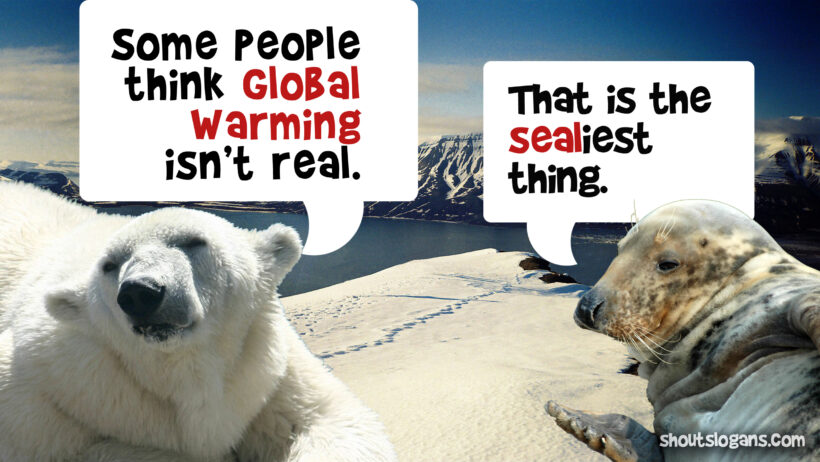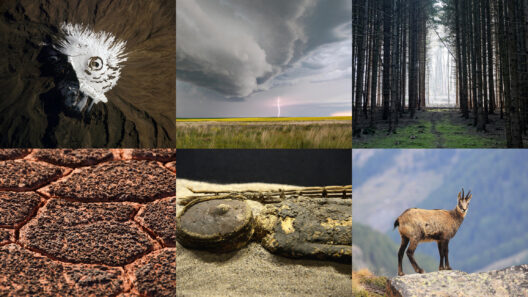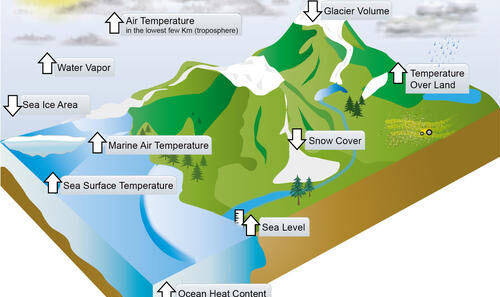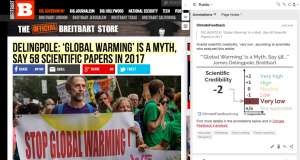In the grand theatre of Earth’s climate, global warming emerges as an alarming act that has captured the collective attention of scientists and citizens alike. The rising temperature of our planet is not merely an abstract concept; it is a palpable reality that weaves itself through the fabric of our everyday existence. Understanding how scientists affirm the authenticity of global warming involves traversing the intricate labyrinth of empirical data, sophisticated models, and irrefutable observations that underscore the veracity of this phenomenon.
At the core of this understanding lies a multifaceted tapestry of evidence. Scientists employ a myriad of methodologies to gauge the planet’s health, akin to a physician diagnosing a patient. One of the primary instruments in their arsenal is the longstanding collection of global temperature data. This trove of information, meticulously gathered over centuries, reveals a persistent and alarming trend: the average global temperature has risen significantly since the dawn of the industrial age. Observational data extracted from ice cores, sediment layers, and tree rings acts as a time capsule, preserving the planet’s climatic history. These natural records reveal oscillations in temperature that serve as benchmarks against which the current warming trend can be evaluated.
Furthermore, the role of greenhouse gases cannot be overstated. Scientists illuminate the intricacies of atmospheric chemistry, demonstrating how gases such as carbon dioxide and methane act as a thermal blanket, trapping heat and exacerbating the greenhouse effect. The correlation between industrial activities and the exponential rise in these gases creates a narrative that is as compelling as it is grave. Indeed, measurements from observatories around the globe substantiate this connection, showcasing that human actions, particularly fossil fuel combustion, are the primary culprits behind this unprecedented increase in greenhouse gas concentrations.
But data alone can be a mere whisper in the cacophony of daily life. Thus, scientists harness cutting-edge technology to amplify their findings. Climate models serve as a crystal ball, projecting future scenarios based on current trends. These models encapsulate complex variables and simulate interactions within the Earth’s climate system, akin to choreographing an intricate dance between the atmosphere, oceans, and land surfaces. The foresight provided by these models is invaluable; they allow scientists to elucidate potential consequences of climate inaction, prompting a clarion call for proactive measures.
Moreover, the impacts of global warming are visceral and observable. From the relentless retreat of glaciers, reminiscent of a fading memory, to the unprecedented frequency of extreme weather events—hurricanes, droughts, and floods—the evidence is woven into the very fabric of our reality. Importantly, every increment of temperature rise is not just a number—it translates to a profound humanitarian crisis. The phenomenon of climate refugees emerges, as entire communities are uprooted in the face of environmental degradation. This intersection of social justice and environmentalism becomes a focal point, highlighting that the ramifications of climate change extend far beyond mere statistics.
In response to these alarming realities, scientists are not merely passive observers; they are proactive architects of solutions. The burgeoning field of climate science is driven by innovation and a fervent desire to mitigate the impacts of warming. Renewable energy technologies, such as solar and wind power, represent a transition to a low-carbon economy. These innovations are akin to a phoenix rising from the ashes, providing an avenue for sustainable development while also curtailing greenhouse gas emissions. The collective aspirations of scientists, engineers, and policy-makers coalesce in initiatives aimed at harnessing these renewable resources, making them accessible and efficient.
As we unearth solutions, the importance of collaboration cannot be overstated. Scientists are increasingly engaging with policymakers, local communities, and businesses, forging partnerships that transcend traditional boundaries. This interdisciplinary approach cultivates a sense of shared responsibility—a clarion call urging everyone to partake in the fight against climate change. The dialogue between scientists and the public has evolved; no longer relegated to academic circles, their findings are permeating societal consciousness, energizing grassroots movements and educational initiatives.
Equally critical is the role of adaptation strategies. While prevention remains paramount, acknowledging that climate change is already in motion leads to the development of resilience strategies. Communities are reimagining infrastructures, implementing flood defenses, and redesigning agricultural practices to withstand the vagaries of an unstable climate. These adaptations echo the sentiment that while we may not be able to control every environmental force, we can indeed fortify our capacities to endure and thrive amidst these challenges.
In conclusion, the affirmation of global warming as a real and pressing phenomenon rests on a solid foundation of empirical evidence and scientific inquiry. The intricate interplay of greenhouse gas emissions, technological innovation, and human adaptation paints a formidable portrait of the current climate crisis. Yet, this narrative is not solely one of desolation; it is also one of ingenuity, collaboration, and hope. Scientists are not only revealing the truths about our climate; they are also charting a course toward a more sustainable future, igniting a collective movement that unites individuals across generations and geographies. In this theatre of climate action, every voice matters, echoing the urgency of our moment and the resolve required to forge a path forward.







